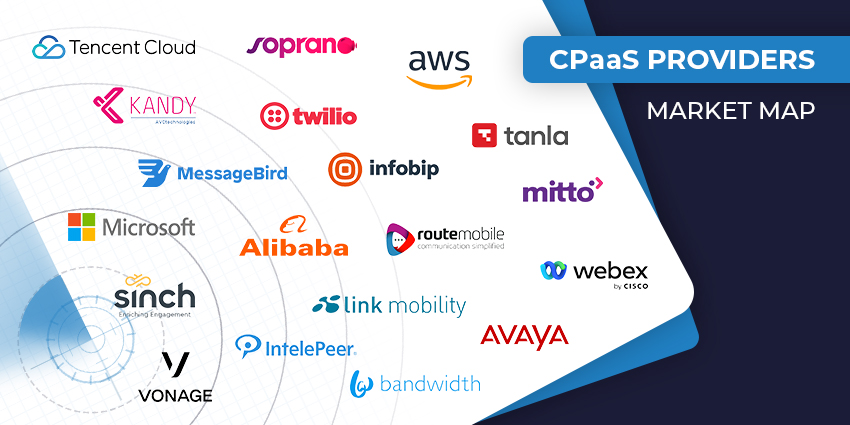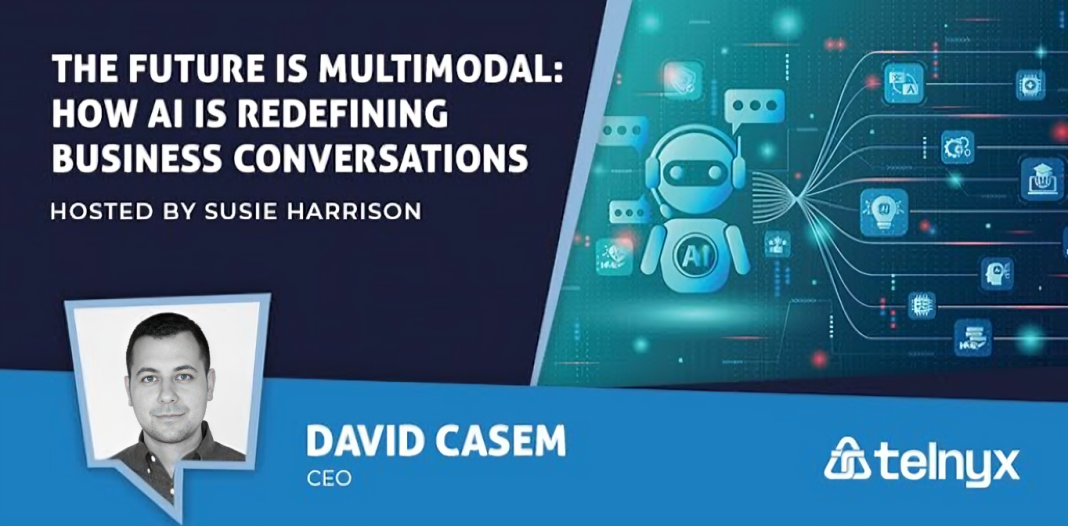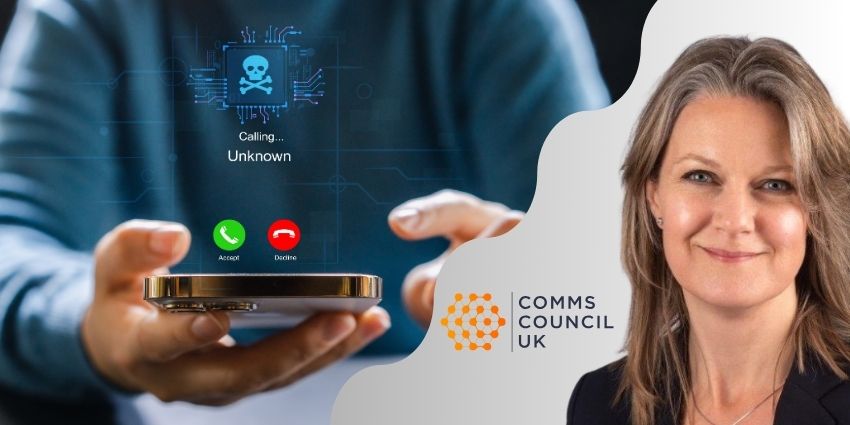The way we communicate in our personal lives has an impact on the way we like to interact with brands. This should be self-evident in 2020 with all of the digital communications technologies available to us, but only now are we beginning to fully understand the impact of this communication trend. For contact centres, this means evolving to become modern customer engagement platforms, but to achieve this, Communications Platform-as-a-Service (CPaaS) is crucial.
A recent report by Zendesk shows that WhatsApp is now the leading chat app in 112 countries, with smart speakers and voice assistants growing rapidly in popularity. This reflects consumers preferences’ for mobile first, fast, personal, and convenient ways of communicating. A trend like this directly impacts on business as people seek to replicate their personal experiences when they communicate with a brand. This is happening to such an extent that we now hear about ‘conversational business’ – interactions that are continual and contextual – as a means of doing business via applications.
Customers expect brands to already know them. They also want choices. While at their kids’ soccer game, they may prefer to text a question about a feature on their smartphone, but when they are at home trying to figure out how to connect their home entertainment system to a cable box, they may prefer to speak with a live agent who can use that customers’ same smartphone camera to send live images of the cable box to an expert who can then virtually replace a truck roll, saving time on both sides.
This list goes on and on, with service applications that can make or break a brand’s popularity for being easy to interact with, beyond the quality of their products and services. In this respect, contact centres are on the front line of the customer experience. They are the difference between a good customer experience and bad one. The most successful contact centre partners can provide omni-channel, cloud-based, mobile-native, and web-friendly real time experiences for customers, and they are able to do so by centralising all of their communications into one online platform through CPaaS combined with API access to customer data to personalise and maximise the effectiveness of these experiences.
CPaaS is crucial for contact centres because it embeds real-time contextual communications capabilities, such as voice, video and chat, directly into applications and websites. This provides contextual information for customer conversations and enables better experiences. In the context of the contact centre itself, this means agents could communicate with their colleagues or coaches within the CRM application or contact centre software platform they are using, which leads to more efficient ways of working.
However, more importantly, agents can also share a “connect with-me” web link with their customers, partners or external contacts by email or SMS in real time, and they can connect with an agent with voice and/or video by clicking this web link and launching the call. For example, CPaaS allows a customer to chat or click-to-call to interact with a customer service agent instead of relying on a backlogged customer service hotline. APIs for messaging, presence, voice, video, presence and user directories make this not only possible, but preferable as service improves, and work gets done faster.
This level of customer experience is a differentiator against competitors, so while some may argue that the future of service is self-service and AI, we believe the future of service is delivering tiered services where the consumer has the option of opting for more personal, interactive experiences. Brands understand this, as it is their goal – whether they are selling products or services – to generate loyalty from consumers to their brands.
The industry is seeing many implementations of RTC embedded into websites and mobile apps that feed directly into contact centres. From a mobile app perspective, the merging of contact centre platforms and workplace communications applications is becoming more prevalent. As an example, Braidio has embedded CPaaS RTC capabilities including voice, video and messaging into its immersive omni-channel app experience through contact-center-as-a-service (CCaaS). This provides the ability to deliver a differentiated offering comprising a suite of unified communications and contact-center functions interacting with a set of connected mobile apps to provide a true bi-directional omni-channel experience. Each UC and CCaaS interaction provide an onramp to transaction-driven customer engagements.
Contact centres have an additional role beyond reactive service provision, however, as they are also the teams who can build relationships with customers o allow them to make “Amazon- like” recommendations based on previous interactions and optimising these interactions. Investing in CPaaS provides contact centres with the longer-term potential to improve everything they do by harnessing the data that comes from these cloud-based customer engagements. This information holds huge values for brands that want to better understand their customer’s needs.
To summarise, CPaaS and the applications CPaaS powers are game-changers for contact centres. Customer engagement at this level of intensity is impossible to deliver and manage over private lines, equipment-heavy, clunky legacy networks and expensive, ageing physical contact centres. By contrast, CPaaS is enabling billions of conversations each year while helping brand and enterprises redefine themselves and how they interact with those who use or purchase their services. Customers today choose the channels they wish to interact with, and the cloud makes channel switching easier for all.
Guest Blog by Jeffrey Singman, VP Kandy Sales, Innovation and Customer Success, Ribbon Communications







